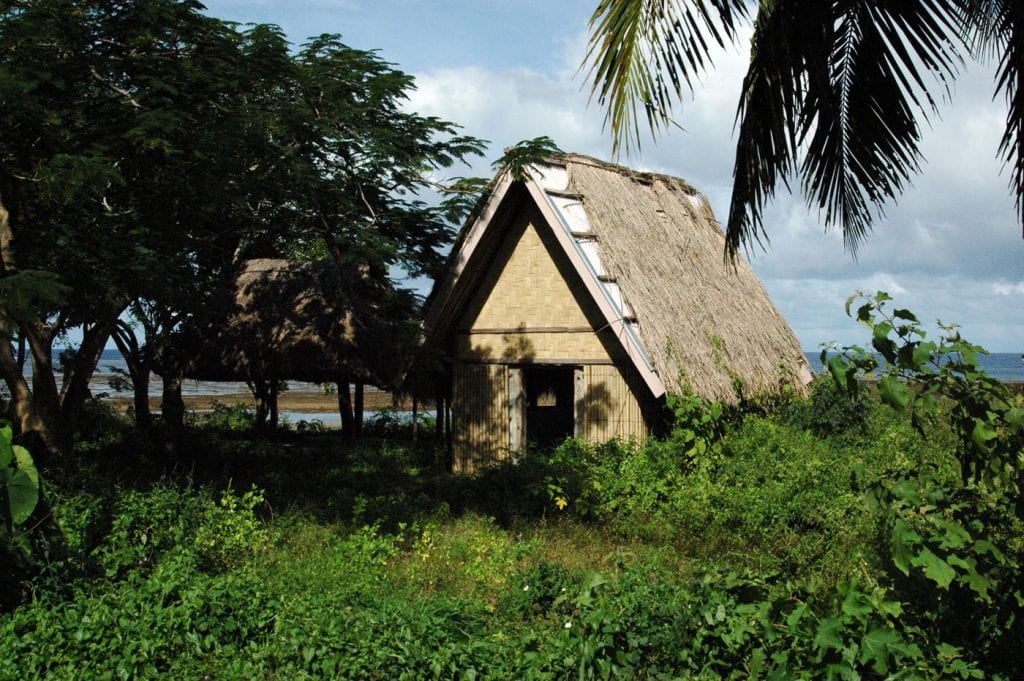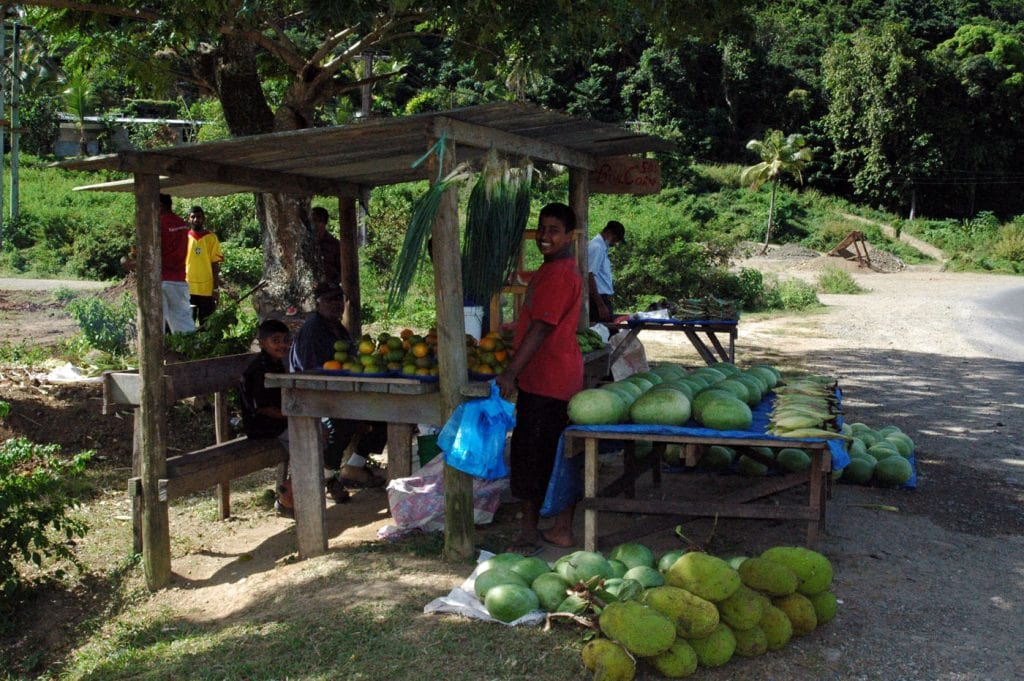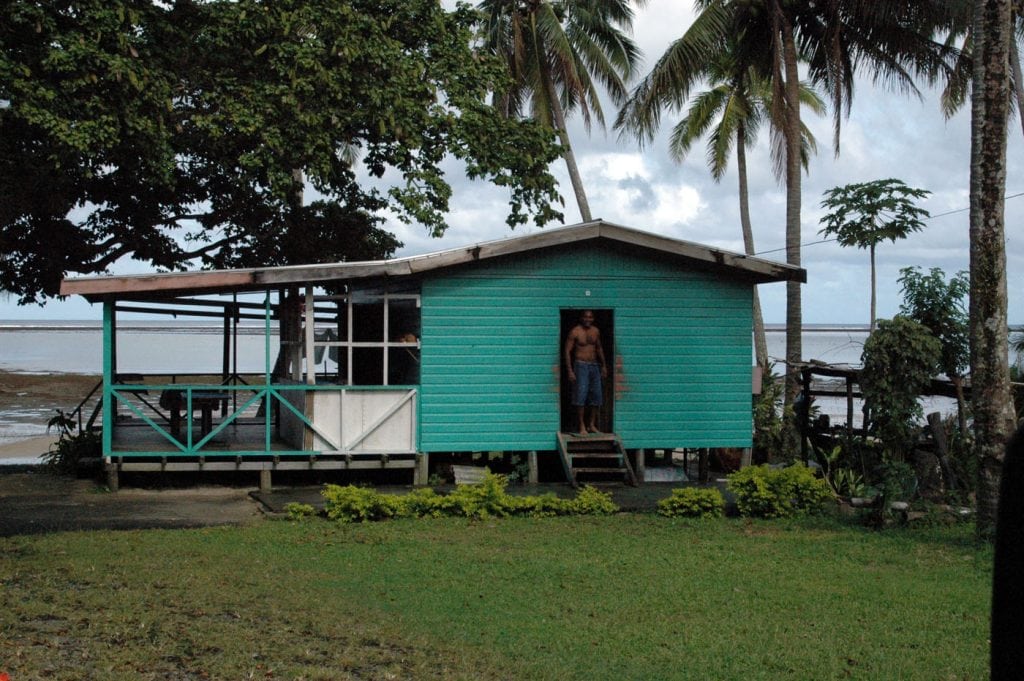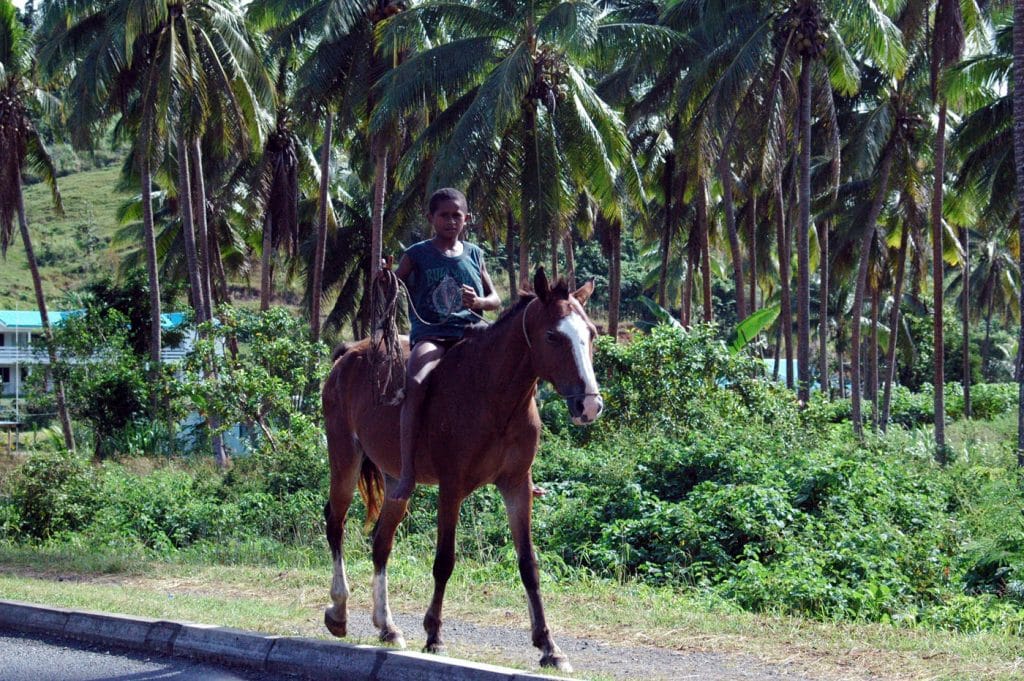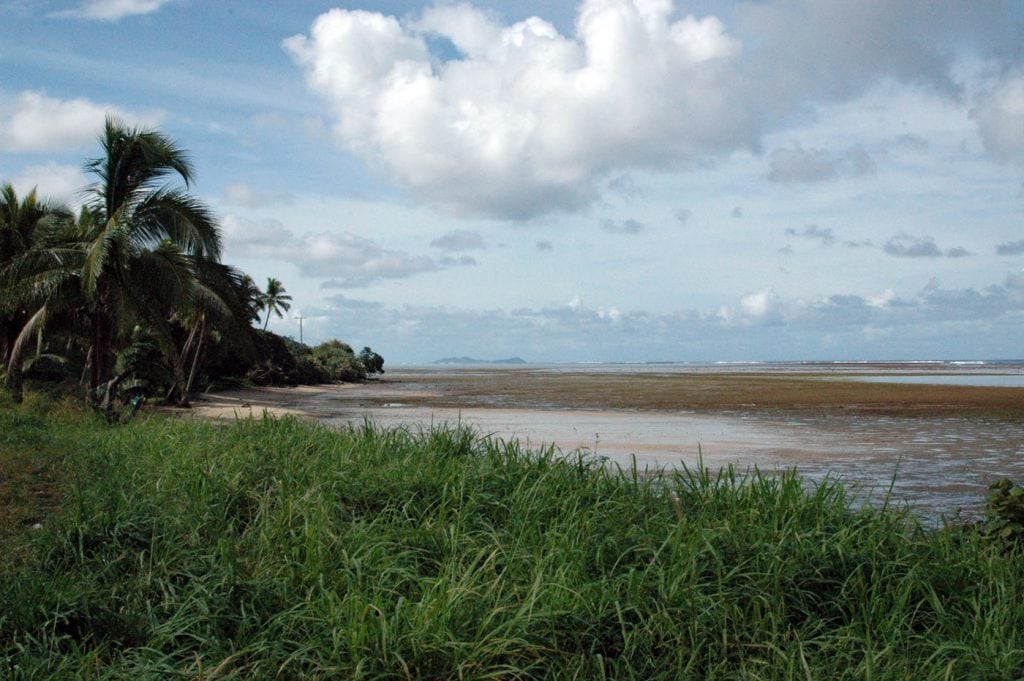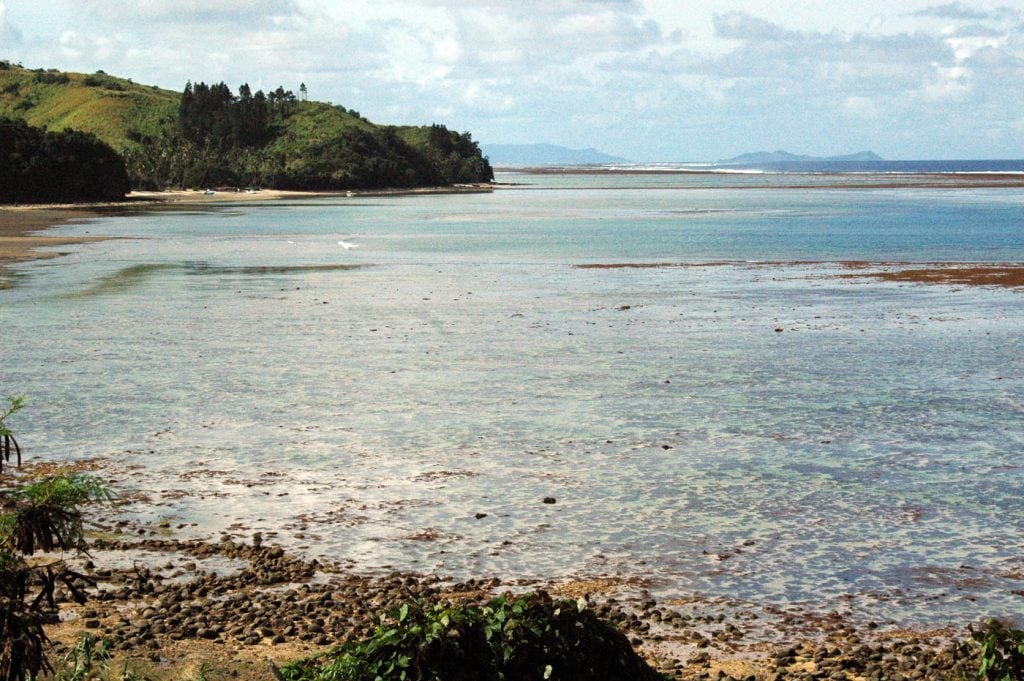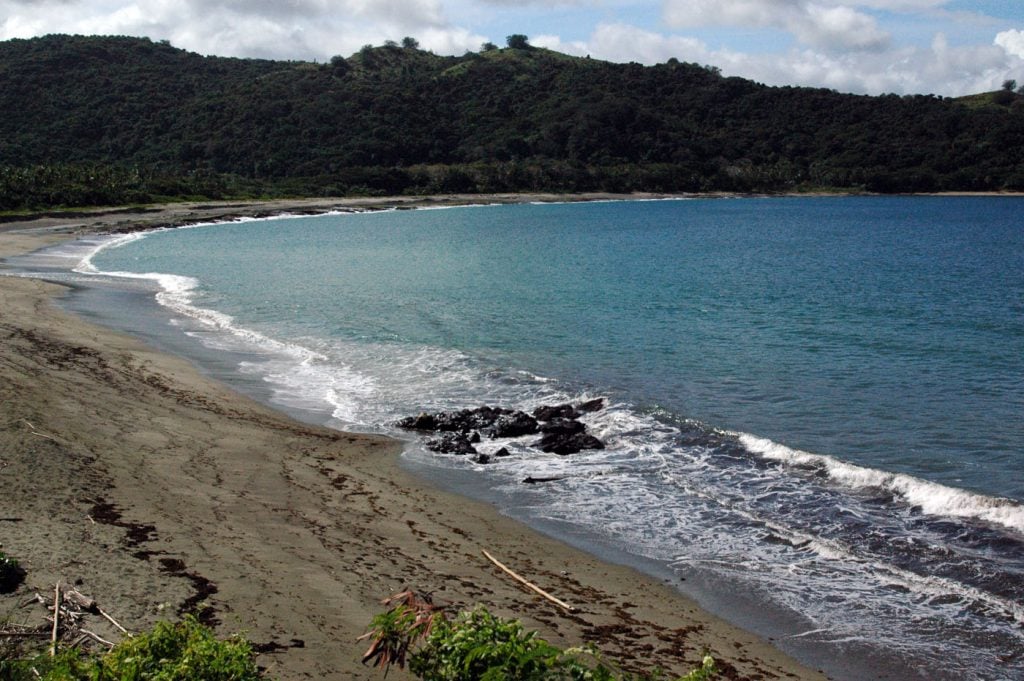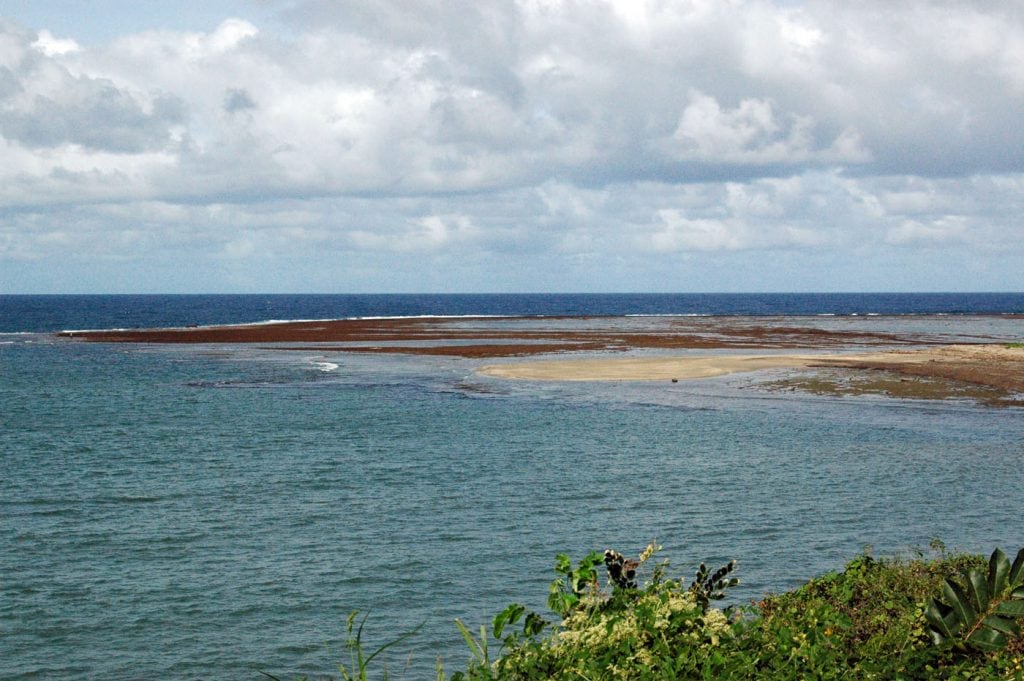Multi Ethnicity of Fiji Islands
A multicultural island nation
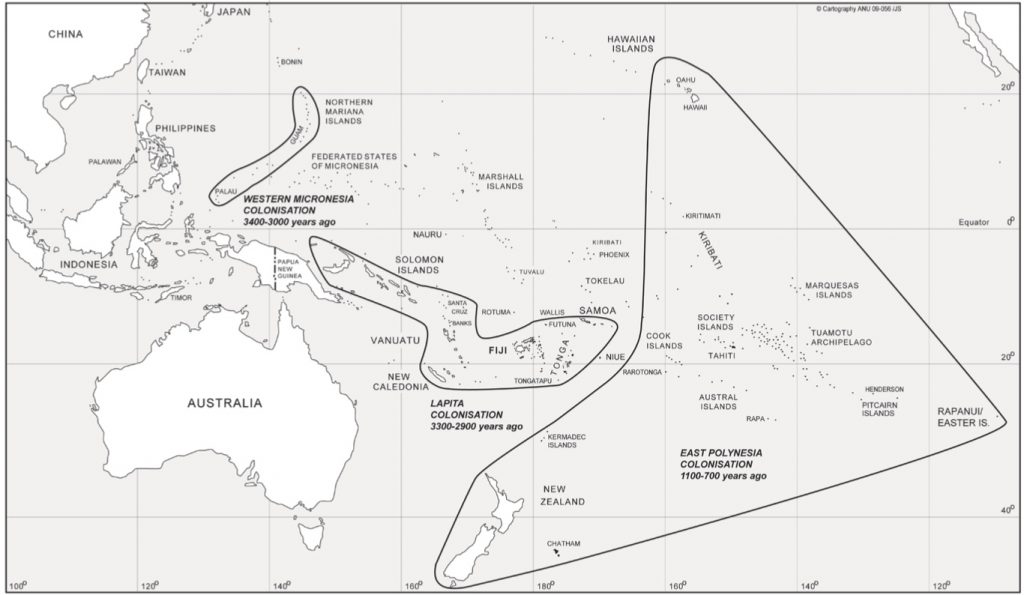
The arrival of humans in the Fiji Islands at ca. 2950–3050 cal. BP was, in historical and ecological terms, a momentous event in Pacific prehistory that comprised only a relatively small part of the Lapita expansion in Oceania.
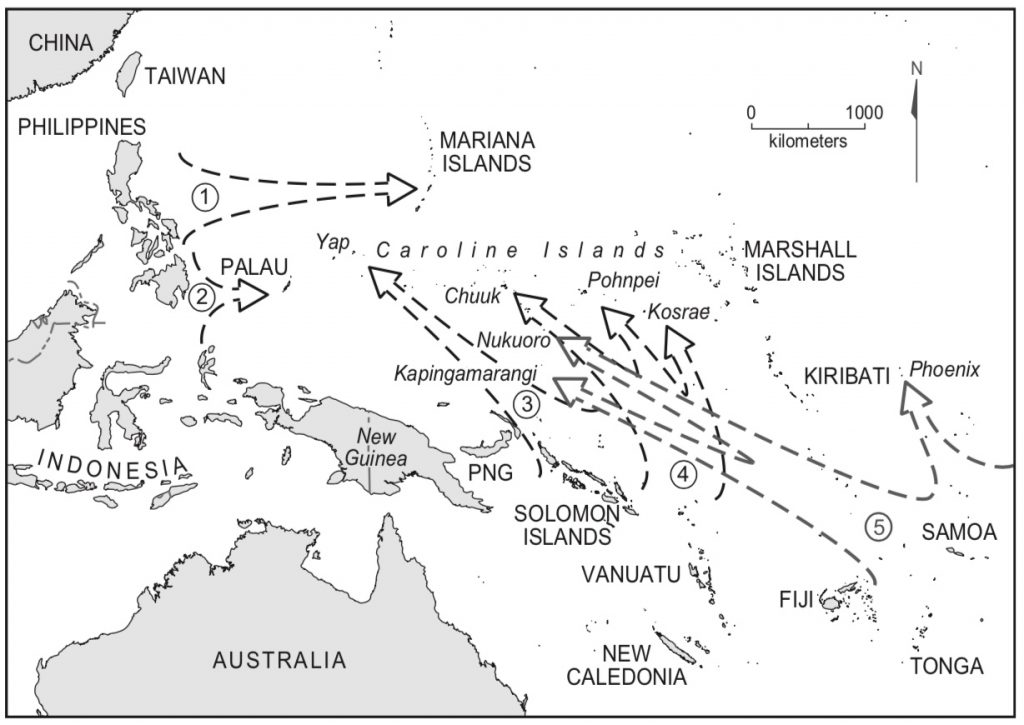
In turn, Lapita colonisation was only one of several prehistoric migratory movements in Oceania that began during the late Pleistocene, with the frequency and scale of maritime movements increasing during the late Holocene. The colonisation of Fiji results in the Lapita expansion, contrasting it with human arrival in western Micronesia and the colonisation of East Polynesia. These prehistoric migratory movements suggest a preference for colonisation of uninhabited landmasses. The 800+ km water gap separating Vanuatu–New Caledonia from Fiji was the largest inter-archipelagic voyage in the Lapita world.
Indigenous Fijians are descended from the Lapita people, a seafaring group from eastern Indonesia or the Philippines migrated to the Fiji Islands about 2000 years ago. Dr. Green’s theory is that these were the first settlers, not only because at that time they would have had the necessary maritime technology, but also because their pottery is found throughout the whole of Fiji. Before European contact, Fijian social organization featured patrilineal clans, subclans, and lineages, and by the nineteenth century there were forty chiefdoms, twelve of which dominated the political scene. The indigenous name of the islands is Viti, an Austronesian word meaning “east” or “sunrise”. After 1873, people from different parts of India came to work as indentured laborers on sugar plantations. The early immigrants were joined later by freely-migrating people from India’s merchant castes, mostly from Gujarat. European immigrants came primarily from Australia, New Zealand, and Great Britain. After independence, Fijian chiefs, allied with foreign and local business interests and some wealthy Indians, dominated the national polity.
As a result, common citizenship, multi-ethnic institutions (schools, colleges, police force, civil service, etc.), english-language mass media, national sporting teams, and pride of the beauty of the islands are the constituents of the national identity that surmounts the ethnic and historical affiliations.
Environmental Issues
Fiji consists of more than 300 islands, most of which are volcanic, and about 100 are inhabited, covering a total land area of 18,376 square kilometers. The two largest islands of Viti Levu and Vanua Levu comprise more than 85% of the total area. The island is easily traveled by car.
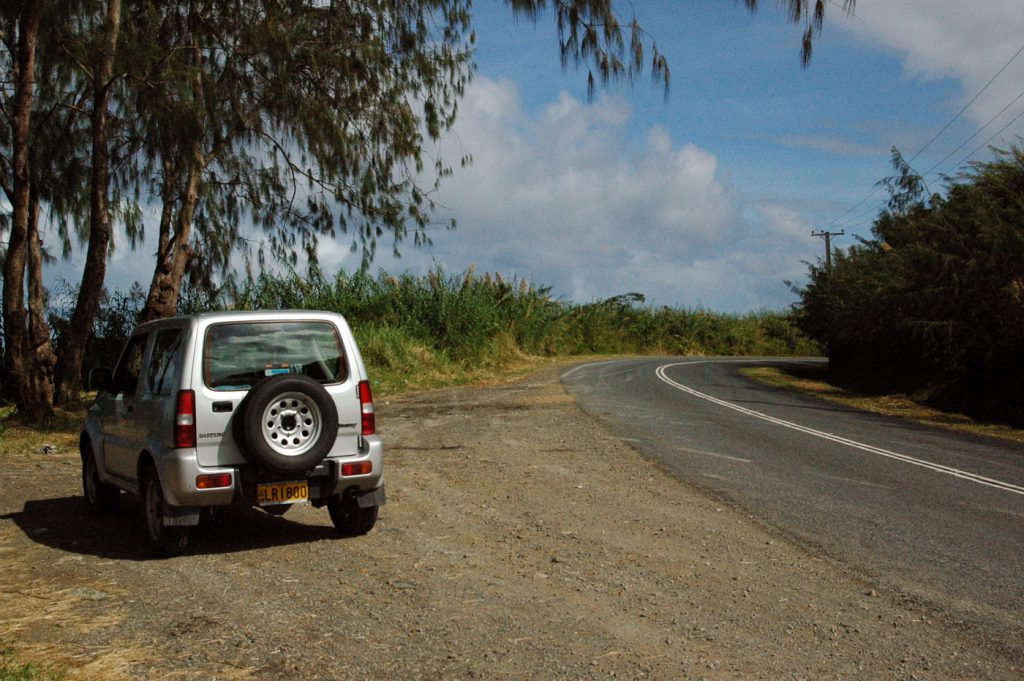
Much of Fiji’s biodiversity is unique to Fiji and many species are not found anywhere else in the world.
The rich biodiversity of the Pacific Islands is seriously threatened. Many ecosystems are being degraded and reduced in size and many terrestrial, freshwater and marine plants and animals are rare, endangered or depleted.
References.
Fiji. Retrieved from https://www.everyculture.com/Cr-Ga/Fiji.html
Fiji’s Biodiversity. Retrieved from https://www.cbd.int/countries/profile/default.shtml?country=fj
Prehistory of Fiji. Retrieved from http://www.tropicalfiji.com/about_fiji/culture/prehistory/
Clark, G. and Anderson, A. (N/A). Colonisation and culture change in the early prehistory of Fiji. Retrieved from https://press-files.anu.edu.au/downloads/press/p49471/pdf/161.pdf
